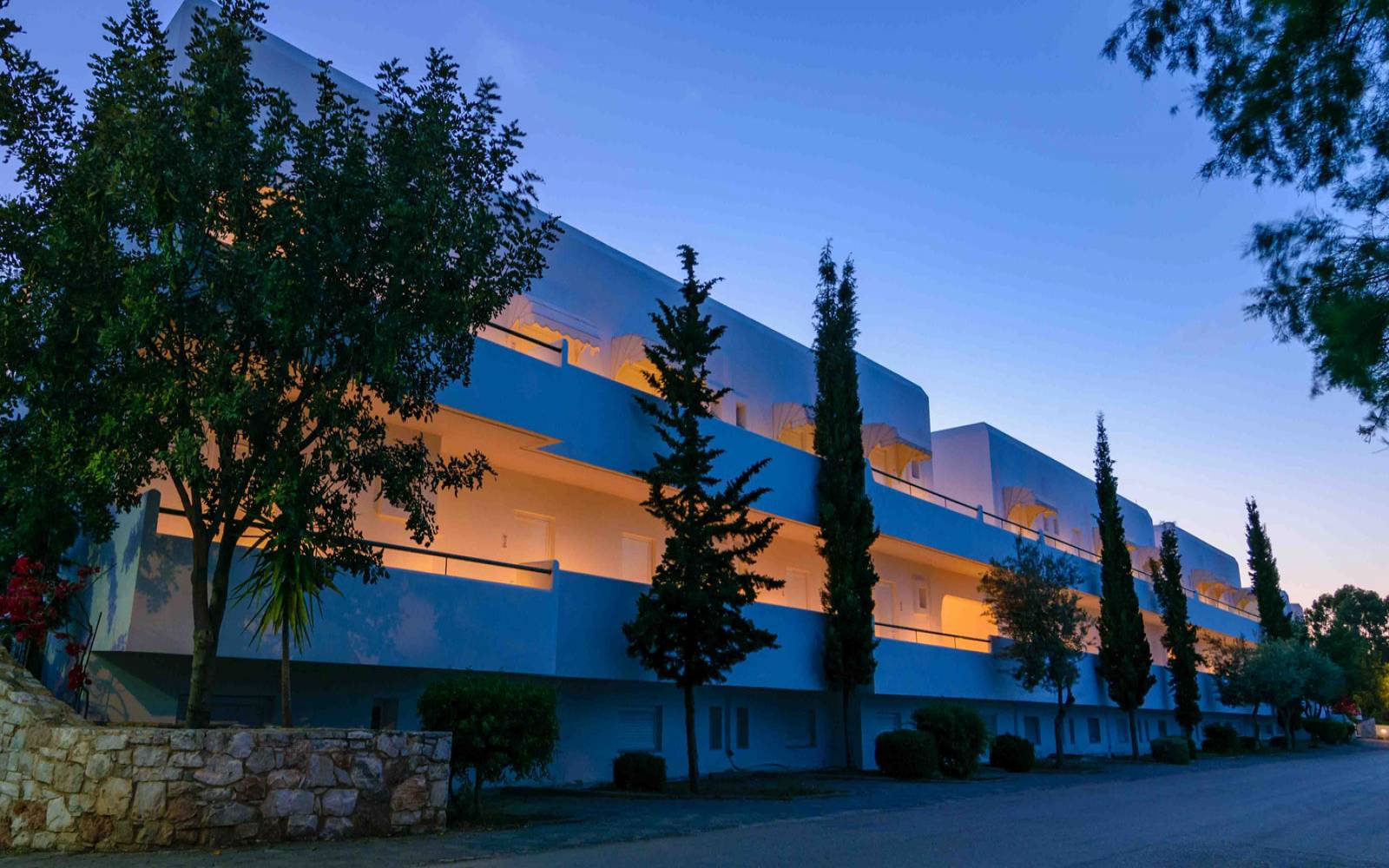Αncient Tiryns
Tiryns was a hill fort with occupation ranging back seven thousand years, from before the beginning of the Bronze Age. It reached its height between 1400 and 1200 BC. Its most notable features were its palace, its cyclopean tunnels and especially its walls, which gave the city its Homeric epithet of "mighty walled Tiryns". In ancient times, the city was linked to the myths surrounding Heracles, with some sources citing it as his birthplace.
The famous megaron of the palace of Tiryns has a large reception hall, the main room of which had a throne placed against the right wall and a central hearth bordered by four Minoan-style wooden columns that served as supports for the roof. Two of the three walls of the megaron were incorporated into an archaic temple of Hera.
The site went into decline at the end of the Mycenaean period, and was completely deserted by the time Pausanias visited in the 2nd century AD. This site was excavated by Heinrich Schliemann in 1884-1885, and is the subject of ongoing excavations by the German Archaeological Institute at Athens and the University of Heidelberg.
Tiryns was recognized as one of the World Heritage Sites in 1999.
In Tiryns flourished one of the most important centers of the Mycenaean world, and in particular in Argolis, the ruins of which survived around 15 km SouthEast of Mycenae, in a long hill length 300 m, 45–100 m in width, and height not exceeding the 18 meters. Around the hill lies the city and at the top is placed the fortified acropolis with the residence of the king, as happened to the other Mycenaean's acropoles, where the residents resorted there at times of great danger to protect themselves within the strong walls. Tiryns is first referenced by Homer who praised the amazing walls. Ancient tradition joined Tiryn's walls with the Cyclops, as they caused so much admiration that they were considered to be more than human forces, that only supernatural beings could be able to construct them. Pausanias, at the 2nd century AD, as seeing the ruins of the walls at the desolated now citadel, wrote that with two mules together could not move even the smaller stone.
The construction of walls is attributed to Proetus, brother of the king of Argos Acrisius. According to the legend, Proetus pursued by his brother resorted to Lycia, but with the help of the people there he managed to return to Argolis, occupied and fortified Tiryns with the assistance of the Cyclops.
Source: Wikipedia







